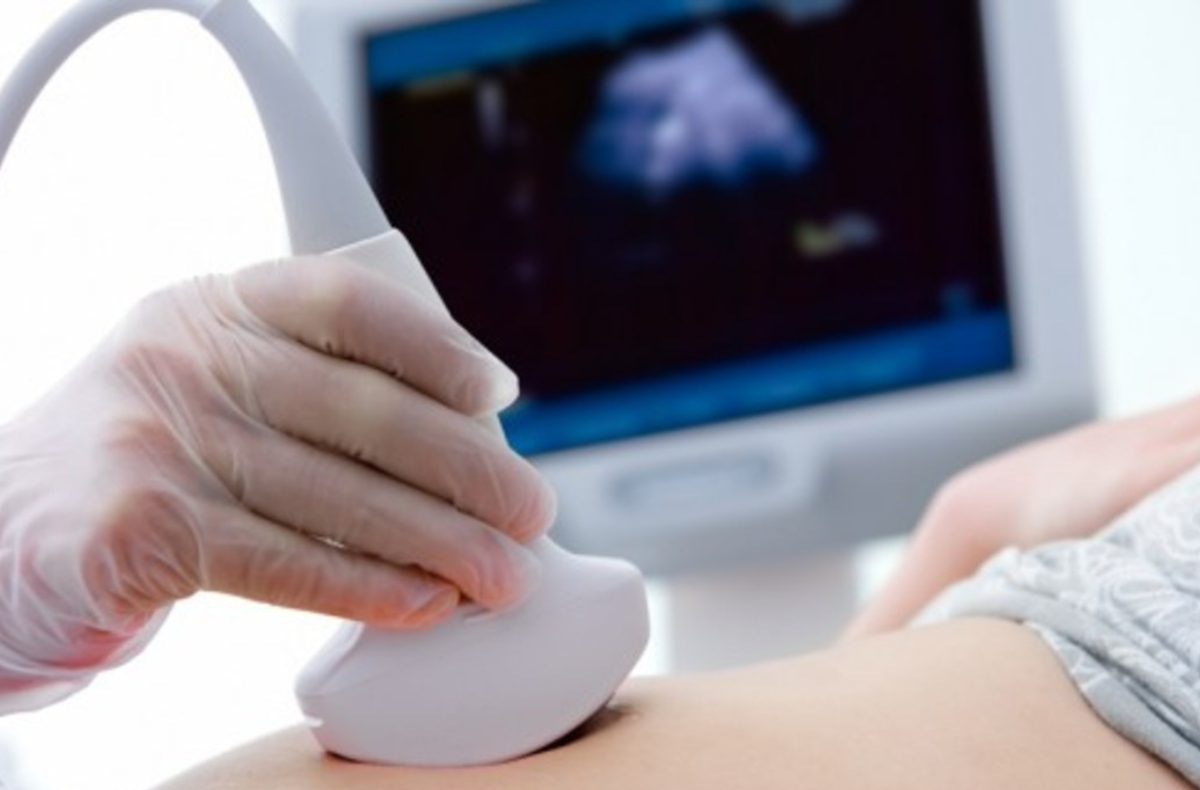MENORRHAGIA is the medical term for heavy menstrual bleeding.
The term MENORRHAGIA is used if vaginal bleeding lasts more than 7 days or, less than 7 days, but is bleeding with huge clots, needing to change pads or tampons every 1 or 2 hours, or overflowing even with extra-large sanitary pads.
When you notice you have this condition, visit a gynaecologist to find the source and get treated, because long-term disregarded heavy periods can develop to anaemia and associated complications:
- extreme exhaustion
- breathlessness
- hindering daily work.
Menorrhagia’s likely causes are,
1) Hormonal imbalance—the most prevalent cause of MENORRHAGIA is oestrogen and progesterone imbalance. The menstrual period may be delayed and heavy or protracted. This trend is prevalent in the year after menarche (first periods). Due to hormonal immaturity. Polycystic ovaries, high Prolactin levels, thyroid hormone insufficiency, and obesity can also cause this!
2) Endometrial polyps: excessive growth of the uterine lining
3) Fibroids: noncancerous uterine wall growths
4) Adenomyosis: uterine tissue appears in the muscular layer.
5) Intra uterine devices for contraception. (IUD).
6) Bleeding diseases (rarely)
7) Menorrhagia can result from a miscarriage, especially if the pregnancy is unknown.
8) Postmenopausal women with uterine or cervical cancer may have excessive vaginal bleeding.
9) Rarely blood thinners for medical disorders.
Diagnosis and tests needed:
Includes your gynaecologist speaking to you to understand the problem, examining you, taking a pap smear, a basic pelvic scan, a hormonal workup including thyroid profile and a complete blood count.
Treatment:
Treat the cause of Heavy bleeding
Low hemoglobin requires iron supplementation.
If obese, hormonal imbalance treatment begins with weight loss, then Tranexmic acid is a non-hormonal treatment that reduces bleeding.
Hormone tablets, injectables, or the Mirena intrauterine device are utilized if hormones fail.
Hysteroscopic polypectomy removes endometrial polyps.
Hormones are used to treat adenomyosis.
Hormone-modulating drugs or surgery can treat uterine fibroids.












